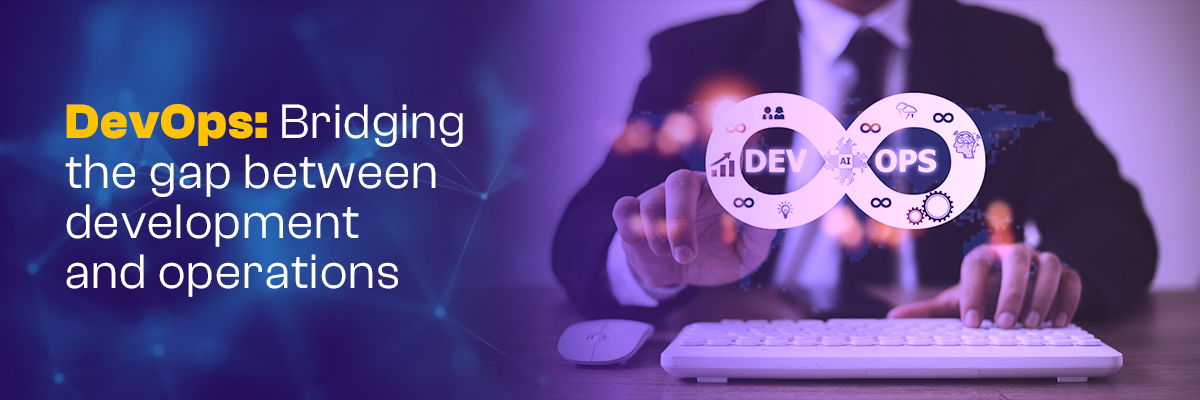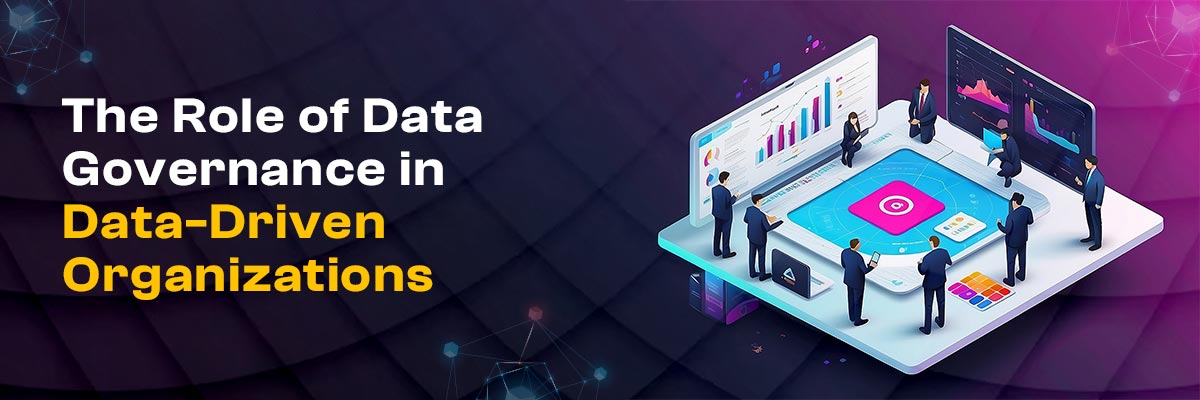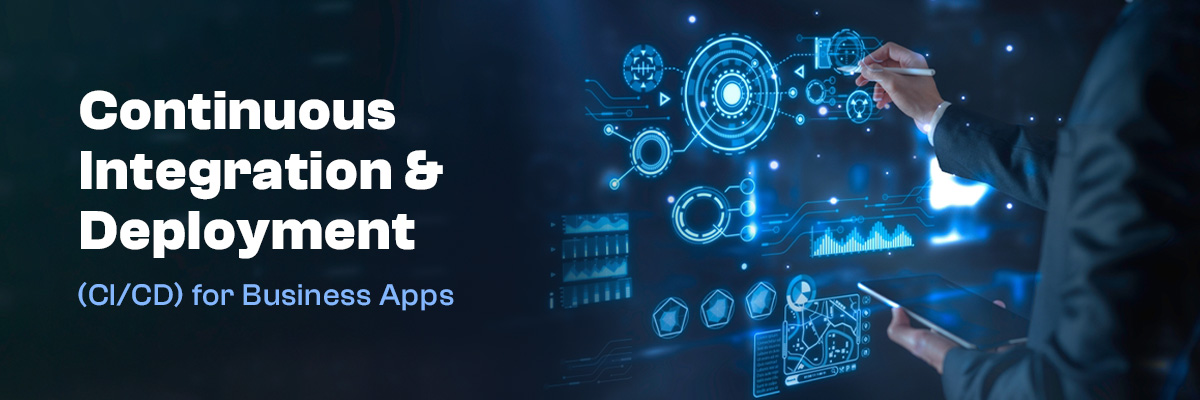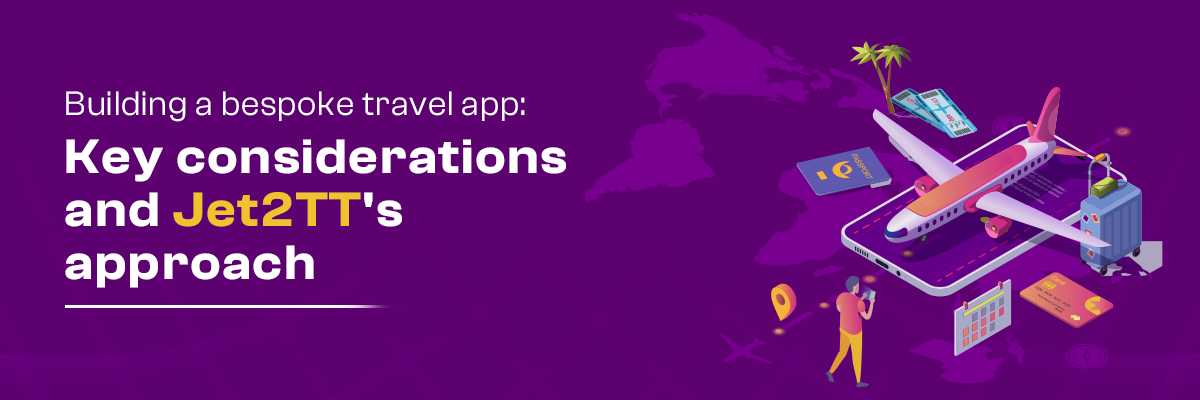The demand for innovation and faster response times has never been greater. Businesses are constantly looking for ways to increase agility, streamline processes, and bring teams together. This is where DevOps comes in—a transformative approach that merges development and operations to eliminate silos and boost efficiency.
The DevOps market is growing rapidly, currently valued at USD 10.9 billion and projected to reach USD 63.4 billion by 2032, with an impressive CAGR of 21% from 2024 to 2032.
So, why are more companies embracing DevOps, and what’s driving this rapid growth? Let’s explore some key factors behind this trend.
Why DevOps is Becoming a Must-Have for Businesses
The demands placed on companies are changing along with the fast-changing IT scene. DevOps has evolved indispensable with these developments, from the shift to hybrid cloud systems to the growing demand for automation. Think about it; traditional development and operations teams often work in silos, which slows down processes. However, with DevOps, teamwork is essential, and it helps teams coordinate faster product releases.
Let us now explore some of the leading causes behind the acceptance of DevOps in different sectors:
● Hybrid Cloud Adoption
More businesses are choosing hybrid cloud solutions instead of conventional data centres. More agile, automated procedures are needed in this change, and DevOps fits quite nicely here.
● Business Process Automation
Organisations want to automate as much as possible, and CI/CD pipelines (Continuous Integration/Continuous Deployment) enable them to automate everything from testing to deployment.
● The Rise of Serverless Computing
Serverless models let DevOps teams concentrate on code free from infrastructure concerns, enabling faster deployments and reduced expenses.
After we have discussed why DevOps is so crucial, let’s now examine its actual applications.
● DevOps in Action
You could ask, “Okay, I get the benefits, but what does DevOps look like in practice?” Let’s examine how several sectors leverage DevOps to increase consumer experiences, lower costs, and stimulate creativity.
● Telecommunications and IT Services
DevOps is helping telecom and IT service providers keep ahead in a sector where downtime can be disastrous. They are more quickly implementing new services, managing large networks, and lowering downtime using automation tools. Automating server provisioning, for instance, lets telecoms start new services faster, enhancing their competitive advantage.
● Banking, Financial Services, and Insurance (BFSI)
Time is money in the quick-paced financial environment. Agile techniques and faster delivery of new products, which DevOps makes possible, let financial organisations follow. By automating testing and deployment, banks can lower the risk of mistakes and remain regulatory compliant. Faster answers to consumer needs made possible by the constant feedback loops in DevOps help to raise general satisfaction.
● Healthcare
Regarding healthcare, compliance, and security are at the front stage. That does not mean, however, that invention must slow down. Hospitals and other healthcare providers can create compliant and safe systems using DevOps and then quickly apply improvements. And every day, real-time data analysis and tailored treatment are becoming more of a reality as artificial intelligence is included in healthcare development.
● Retail
DevOps rushes, as the retail sector does. DevOps let’s stores respond rapidly to changes in consumer demand by automating tasks, including inventory control and supply chain optimization. CI/CD pipelines let businesses rapidly introduce fresh app and website features, enhancing user experiences and increasing sales.
DevOps transforms many different sectors. Still, what is allowing all of this to happen? Let us review the instruments driving the DevOps revolution.
Tools and Technologies Powering DevOps
DevOps wouldn’t be what it is without a strong arsenal of tools to automate and streamline processes. Whether it’s automating code testing or deploying apps at scale, the right tools can make all the difference. These are some of the leading technologies underpinning DevOps:
● Development Tools
Tools for smooth code management and containerization— Git, Jenkins, and Docker—help teams remain orderly.
● Testing Tools
Selenium and JUnit are automated testing tools that guarantee code is tested and implemented error-free.
● Operations Tools
Infrastructure management tools such as Kubernetes and Ansible maintain fault-free operations, enabling teams to grow as required.
These tools make DevOps an integral component of contemporary software development, but they also help companies to adjust to new technologies such as cloud and hybrid models.
Let’s explore more how cloud computing will shape DevOps going forward.
The Role of Cloud and Hybrid Models in DevOps
DevOps is increasingly essential in guaranteeing seamless transitions and effective operations as companies migrate towards cloud computing. Cloud and hybrid models help to ensure this as well. Offering scalability and flexibility, hybrid cloud architectures mix the advantages of both private and public clouds. With DevOps, though, controlling such complicated systems would prove more accessible.
Leading cloud providers, including AWS, Google Cloud, and Microsoft Azure, include DevOps technologies that simplify application scalability, infrastructure automation, and quick update delivery. Moreover, as serverless computing grows, development teams may concentrate on coding while DevOps handles the rest.
Turning now to the future, let’s look at what DevOps has ahead.
What’s Next for DevOps? Emerging Trends
With new trends and technology stretching the bounds of what is feasible, DevOps has a fascinating future. Here is a flavour of what is ahead:
● AI-Driven DevOps
Imagine utilising machine learning to forecast bottlenecks and streamline procedures. In DevOps, artificial intelligence will smartly and effectively simplify procedures.
● DevSecOps
It guarantees security is embedded into every development phase as cyber threats become more complicated.
● NoOps
The future could see Noops, in which automated procedures allow creators to concentrate on innovation.
So, where does all of this leave us? Let’s wrap things up.
Wrapping Up
DevOps is now far more than a buzzword in today’s always-changing digital terrain; it is a strategic need. Adopting DevOps will enable you to remain nimble, deliver faster, and beat the competition regardless of your industry— communications, finance, healthcare, or retail. Now is also the time to invest since the DevOps market is expected to rise to USD 63.4 billion by 2032.
There is no better moment if your company has yet to begin implementing DevOps methods. Automation, teamwork, and speed define the future; DevOps is the key to opening all of it.











